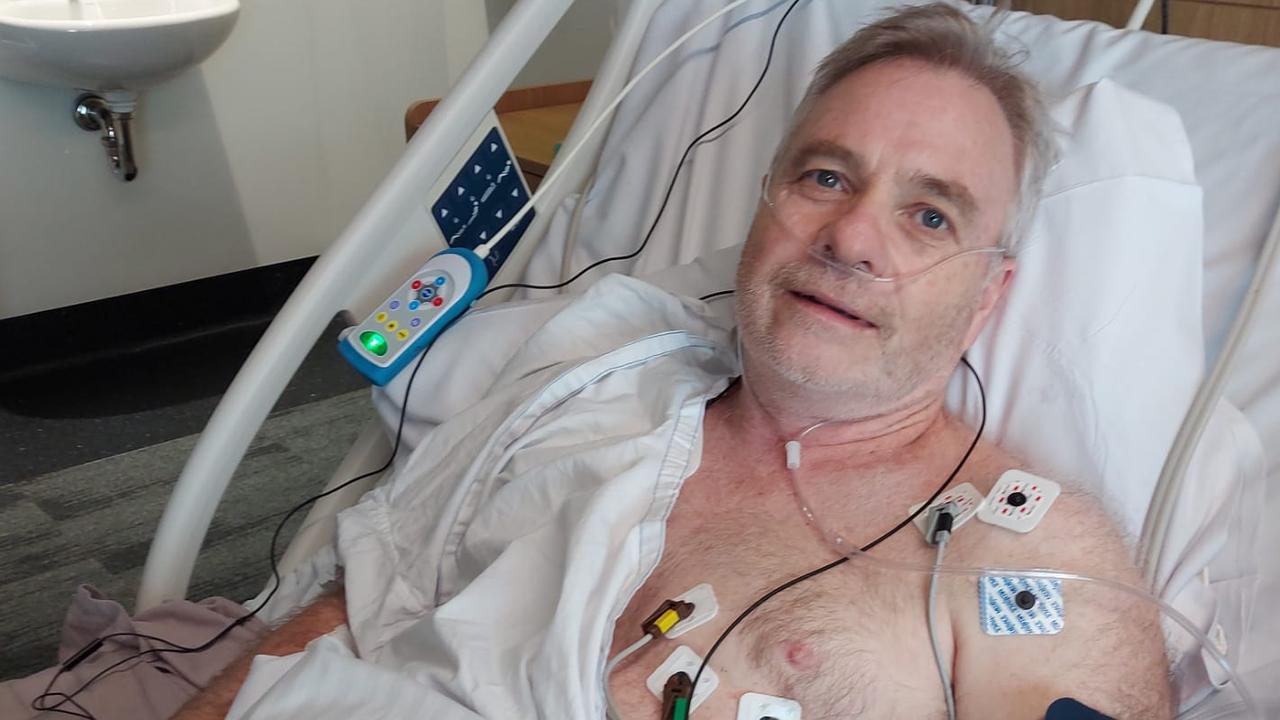Wide Bay is a heart attack hotspot but many regional patients are not getting the follow-up they need
The rate of heart attack hospitalisations in Gympie and the rest of Wide Bay is almost 40 per cent above the state average, yet some heart attack victims in the regions are not getting the critical follow-up care they need.

More than 5000 heart attacks could be avoided in Queensland over the next decade if more patients took part in cardiac rehabilitation, new modelling reveals.
Preventing these heart attacks – about 520 a year – would provide $230 million in economic and social benefits to the Sunshine State, the Heart Foundation has calculated.
The heart health charity has released the figures as it calls on the Queensland Government to put $1.8 million in next month’s state budget towards widening access to the lifesaving service.
The Heart Foundation says more must be done to support patients in regional and rural areas, which dominate the state’s top 10 heart attack hotspots (see list below). The Wide Bay - including Gympie - is the second worst hot spot in the state.
Cardiac rehabilitation is a program of exercise, health education, and social support that helps people recover from a heart attack or surgery, stay healthy and stay out of hospital.
Patients who complete this program can improve their recovery dramatically; they are 40 per cent less likely to return to hospital and 25 per cent less likely to die from a second heart attack.
Heart Foundation Queensland Heart Health Manager, Associate Professor Anna Lewis, said cardiac rehabilitation should be a critical first step in your recovery, no matter where you live.
“However, lack of access and referrals, and significant disadvantage, has meant some patients in regional Queensland are missing out on this lifesaving service,” Associate Professor Lewis said.
“For almost one in three, it‘s not their first heart attack. Many of these devastating heart events could have been avoided with the right support following their first heart attack.
“To help achieve this, we must ensure all Queenslanders can get the help they need after a heart attack, including investing in platforms that enable people to do sessions remotely.”

The modelling shows raising cardiac rehab participation rates from 30 per cent to 65 per cent would mean 5200 fewer heart events in Queensland over 10 years, and 39,000 fewer years lived with illness or disability.
This measure would save $88 million in healthcare alone – on top of $230 million in social and economic benefits, including more heart attack survivors being able to return to work.
“The benefits are clear: cardiac rehabilitation saves lives and money,” Associate Professor Lewis said.
“A heart attack can take a huge toll on your physical, emotional and financial health, and we know this program is the best chance of getting back to living an active and satisfying life.
“Heart patients need to be able to access these services no matter where they live, and in a manner that suits their needs. This may be long-distance support via online or phone, in person at programs offered in hospitals and community spaces, or a combination of these.
“There’s never been a more important time to keep people healthy and resilient as we move on in recovery from COVID-19. More help for Queenslanders with heart conditions is a key part of this.”
Regional news at the heart of our best journalism
Heart attack hotspots
Queensland regions with highest rates of heart attack hospitalisations:
- Queensland Outback
- Wide Bay
- Central Queensland
- Cairns
- Mackay-Isaac-Whitsunday
- Moreton Bay-North
- Townsville
- Ipswich
- Darling Downs-Maranoa
- Logan-Beaudesert




